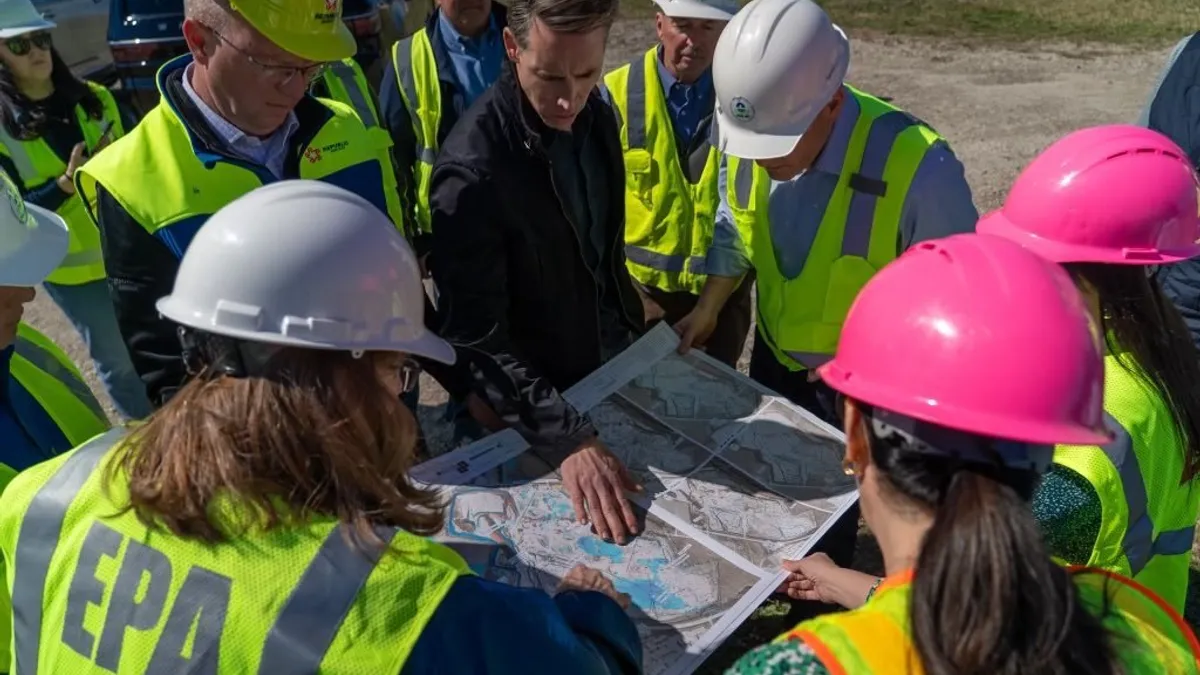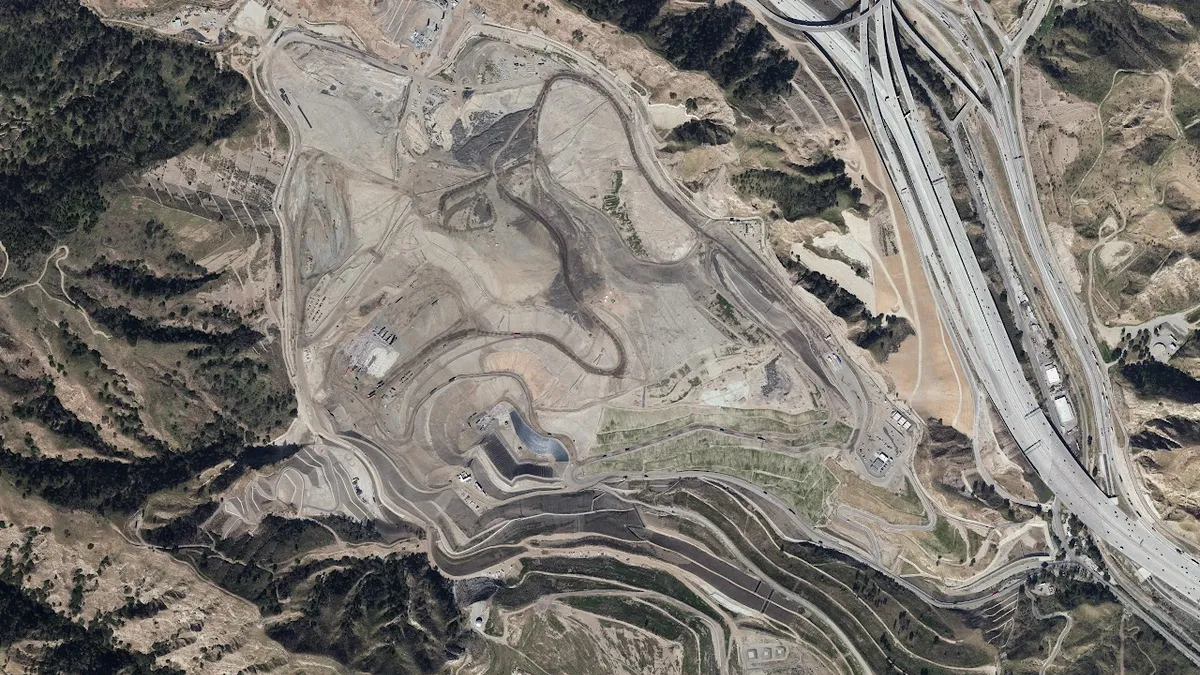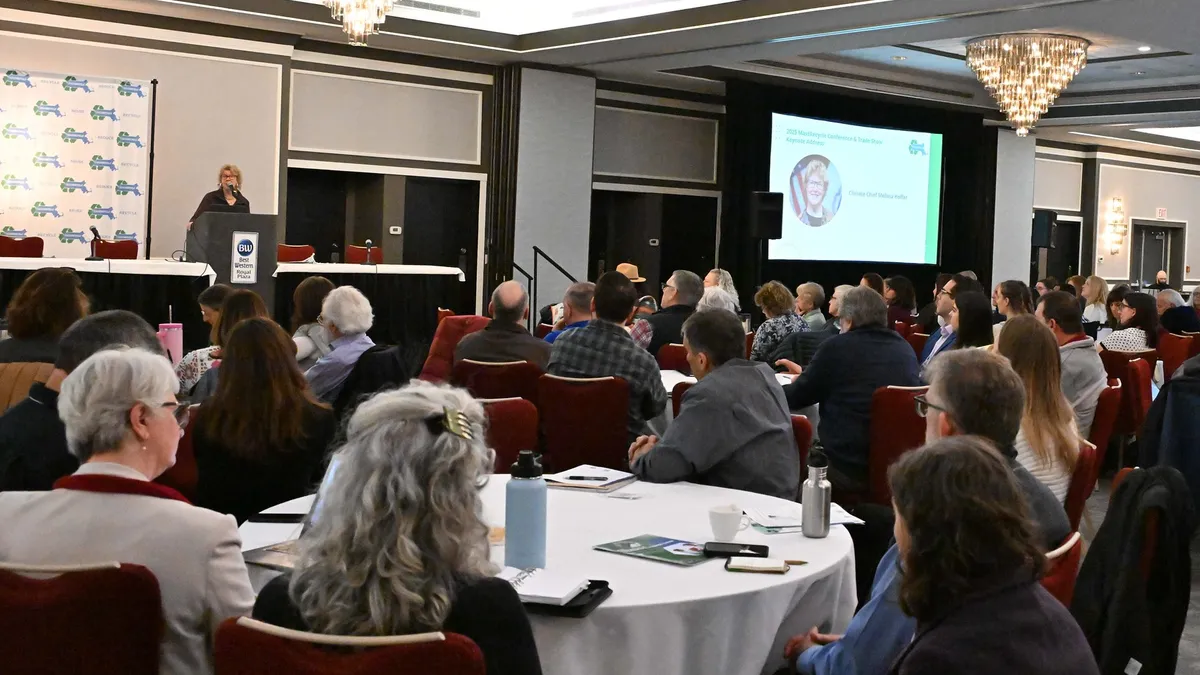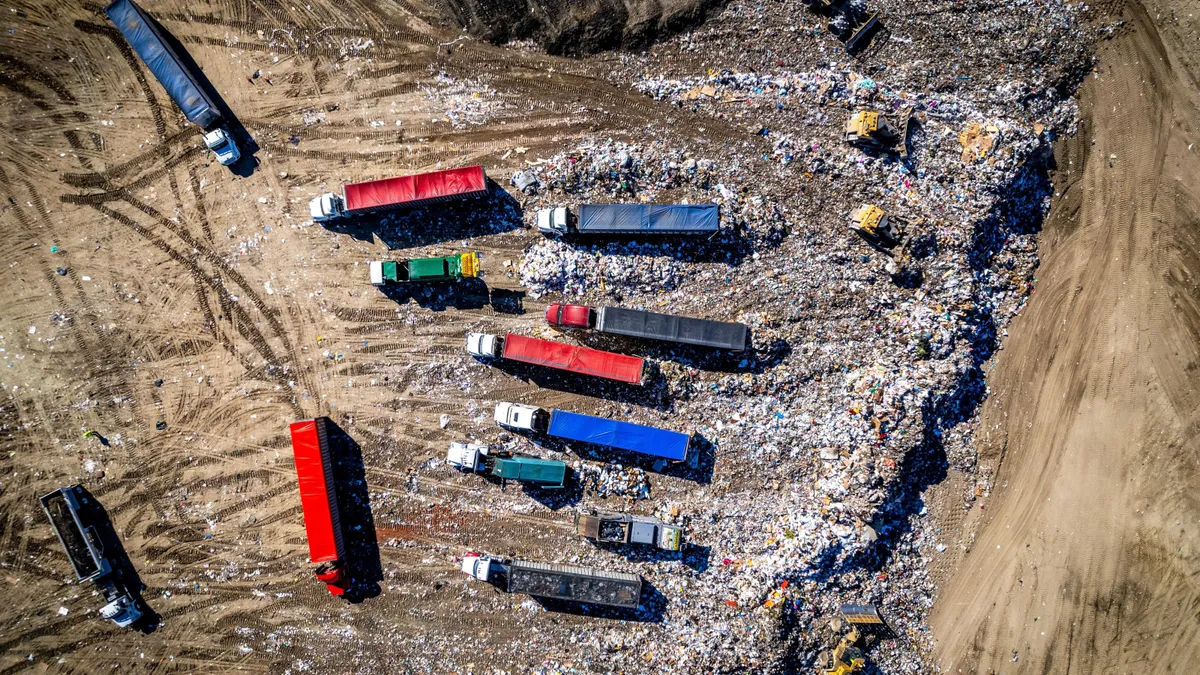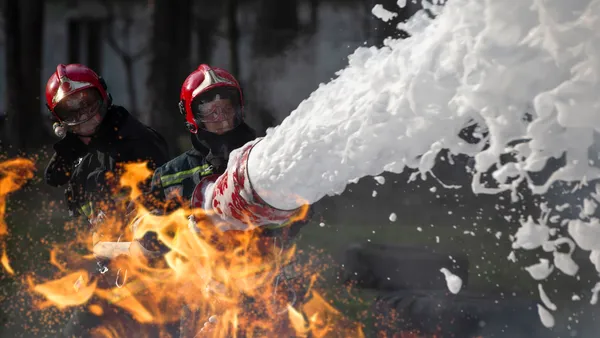The U.S. EPA's decision to include landfill methane emissions in its quadrennial document outlining enforcement priorities this year has left industry observers concerned and confused by the enhanced scrutiny.
The agency's Office of Enforcement and Compliance Assurance said it has documented "widespread noncompliance" in methane emissions from landfills in its FY 2024-2027 National Enforcement and Compliance Initiatives document.
As a result, EPA plans to use preexisting requirements set out by the New Source Performance Standards that govern landfills to crack down on methane emissions.
"I am not aware that we have ever been the target of the NECIs in the past," Anne Germain, chief operating officer and senior vice president of technical and regulatory affairs for the National Waste & Recycling Association, said. "This is relatively new ground."
The move is part of a broader shift toward climate and environmental justice priorities by the Biden administration and EPA in recent years. Another enforcement priority included in the document was PFAS contamination, which the waste industry hopes will lead to more solutions upstream that reduce contamination for landfills and other downstream waste facilities. Landfills are also wrapped up in the “Mitigating Climate Change” goal that will bring stepped up enforcement of emissions from oil and gas facilities and the use of hydroflourocarbons as well.
But the EPA's enhanced focus on landfill emissions has highlighted longstanding concerns with the agency's modeling system for emissions. Landfill owners and operators have long argued that the EPA's model used to calculate emissions is out of date, and urged the agency to allow the use of new technology to better capture and report real-time or near-real-time data on landfill methane. To date, the agency has approved one new technology, Sniffer Robotics, for such uses.
Germain said the rules governing landfill emissions are "very prescriptive," meaning operators follow a specific procedure of quarterly testing for leaks and repairing them within a set timeframe. Germain said she was skeptical of the "widespread noncompliance" claim made by EPA and the implication that enhanced enforcement would uncover wrongdoing.
"If you think you’re doing good and then seeing, 'Hey, widespread noncompliance across a lot of sectors,’ that raises some red flags," Germain said. "Are we reading the rules the same way? ... How do we have such different perspectives?"
James Slaughter, a principal at Beveridge & Diamond with experience in waste law, said he was also surprised by the move, and raised questions about how the EPA could prove unlawful emissions when the underlying data it uses to measure landfills is modeled instead of coming from the real world.
"Just using modeling to estimate what fugitive landfill gas emissions are is not reliable," Slaughter said. "There are questions about fairness."
The EPA's move comes amid growing activism around methane pollution from landfills. Groups of environmental organizations, local officials and researchers have increasingly called on the Biden administration to take meaningful action on landfill methane by updating EPA regulations. Like industry members, those groups also want to see the agency embrace drones, satellites and other technology to offer real-world monitoring and move toward faster detection and remedies for landfill methane plumes.
They have also urged local governments to improve their own MSW landfills, some of which fall outside the scope of reporting requirements and regulations for large landfills, to ensure that all facilities are tackling potent greenhouse gases.
In an op-ed, former Oregon Gov. Kate Brown noted six of her state's 25 largest stationary sources of emissions were landfills, and highlighted her work addressing those as an example of "common sense strategies" the EPA should follow.
The EPA has taken steps to address landfill emissions since Biden took office. The agency finalized an Obama-era rule in 2021 implementing new emissions requirements for an estimated 1,590 landfills.
Both environmental activists and the waste industry want to see the EPA modernize its rules on landfill emissions. But the latter group is eager to sit at the table with regulators and find common ground to avoid clashing over the more aggressive focus expected over the next three years.
"It’s better, if these become enforcement matters, that both regulators and industry look to accurate, actual measurements of landfill gas emissions," Slaughter said.








